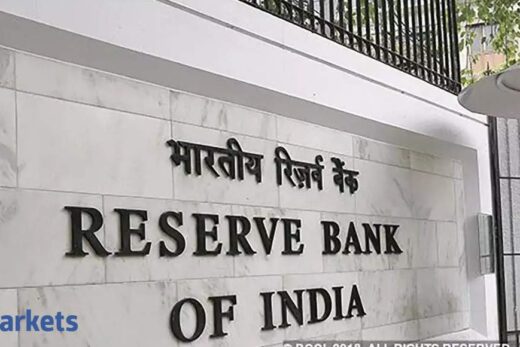Last year, RBI Governor Shaktikanta Das went to the extent of saying that the orderly evolution of the government bond yield curve was a public good and that all stakeholders involved should view it as such.
Jayesh Mehta, India Country Treasurer, Bank of America, feels that while the RBI has made several attempts to iron chinks in the sovereign bond yield curve through various types of open market operations, there is a technical issue that has complicated matters for the central bank.
“With Operation Twist – or OMO or G-SAP (Government Securities Acquisition Programme) – RBI made an attempt towards non-benchmarks. However, there is a technical issue with that. If you sell to RBI, then you can do so from your HTM (Held-to-Maturity) book,” Mehta said in an interview to ETMarkets.com.
“So while RBI is trying to support the market, banks resort to profit booking from their HTM books. When your aim is profit booking, then you don’t bother even if the market is at 99.50; you will offer it at 99.20 to RBI. And that does not help the apex bank’s agenda,” he said.
The held-to-maturity portfolio of banks is exempt from being marked-to-market and therefore does not present the risk of incurring treasury losses. The RBI sets a limit on the quantum of bonds that can be held in the HTM portfolio.
Mehta stressed that if the RBI can manage to find a way to resolve this pricing predicament in open market operations, it would go quite some way in easing the central bank’s burden when it comes to managing the bond yield curve.
The RBI’s focus on the bond yield curve had strengthened even before the pandemic as elevated yields at certain points of the yield curve implied a high cost of borrowing for several sectors of the economy as a wide host of credit products are benchmarked to government bonds.
Since the advent of the pandemic, the matter has gained even more urgency as there has been a pressing need to facilitate access to credit at low costs in order to kick-start the investment cycle and aid the recovery in GDP growth.
“I believe that a steep curve is good because it will retain long-term investors. But unfortunately, the focus is mainly on the benchmark… I cannot agree more with our esteemed governor that the yield curve is a public good; and hence let us all support it,” Mehta said.
At present, the distance between the yield on the shortest-maturity dated security and that on bond with the longest-maturity is a massive 372 basis points, a wider gap than used to exist till 3 or 4 years ago.
With the government’s debt issuances increasing exponentially amid the COVID-19 crisis, the RBI has taken several efforts – including large-scale open market bond purchases and maintaining a large surplus of liquidity in the banking system – in order to anchor borrowing costs in the broader economy.



